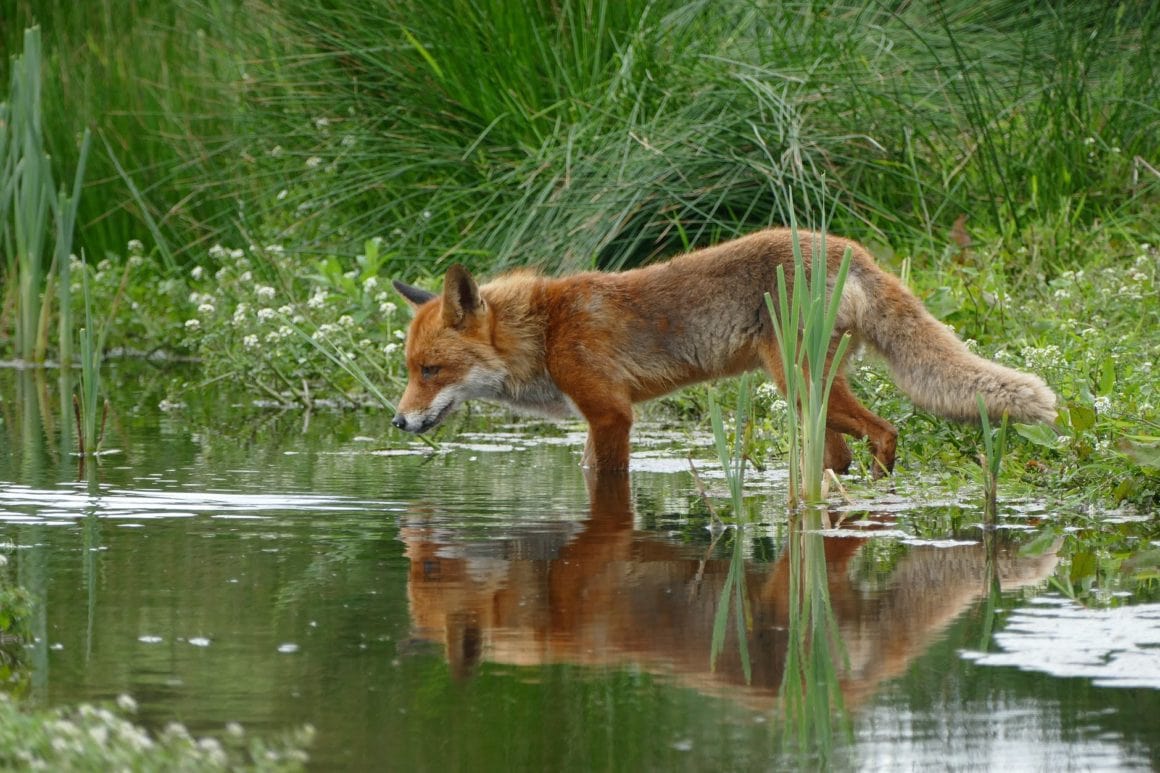Backyard Wildlife Sanctuary Tips For Creating A Haven For Local Animals
Listen up y'all! If you want to attract some amazing wildlife to your backyard, then you need to establish a wildlife habitat! Trust me, it's easier than you think.
First things first, you need to make sure you have a variety of plants in your yard that will provide the necessary shelter, food, and nesting sites for your wildlife neighbors. Think about planting shrubs, flowers, and trees that are native to your area.
Next up, make sure you provide a water source! This could be a bird bath, a small pond, or even just a shallow dish with fresh water for your animal friends to drink from.
Another key component to your wildlife habitat is having a diversity of food sources. This can include planting fruits and berries, providing bird feeders, and even leaving some fallen leaves and logs for insects to feed on.
But wait, there's more! Here are some additional tips and tricks for establishing a successful backyard wildlife habitat:
- Consider using natural pest control methods instead of chemicals.
- Provide a variety of nesting materials, such as twigs, leaves, and grass clippings, for birds and other animals to build nests with.
- Install birdhouses and bat boxes to provide shelter for those specific species.
- Minimize outdoor lighting, as it can disrupt the natural habitats of nocturnal animals.
- Don't forget to maintain your habitat by pruning plants, raking leaves, and cleaning bird baths.
- Consider starting a compost pile to provide additional food sources for your animal friends.
- Introduce a variety of plants that bloom at different times of the year to provide year-round food sources for your wildlife neighbors.
How to create your own wildlife habitat:
- Research the native plants and animals in your area.
- Select a variety of plants that will provide shelter and food for a variety of wildlife species.
- Provide a water source, such as a bird bath or small pond.
- Offer a variety of food sources, such as bird feeders and native plants that produce fruits and berries.
- Provide nesting materials and shelter for specific species, such as birdhouses and bat boxes.
- Maintain your habitat by pruning plants, raking leaves, and cleaning bird baths.
- Consider introducing a compost pile for additional food sources.
- Enjoy your new backyard wildlife habitat and the amazing animal friends it will attract!
FAQ:
Q: Will having a wildlife habitat attract dangerous animals to my yard?
A: Not necessarily! By providing a variety of plants and food sources, you are more likely to attract smaller mammals and birds, rather than larger predators.
Q: Will having a wildlife habitat require a lot of maintenance?
A: It depends on the size and complexity of your habitat, but it typically requires minimal maintenance, such as pruning plants and cleaning bird baths.
Q: Can I create a wildlife habitat in a small yard or apartment balcony?
A: Absolutely! Even a small space can provide shelter and food for a variety of wildlife species.
Q: Will having a wildlife habitat attract pests, such as mosquitoes?
A: It is possible, but by using natural pest control methods, such as introducing toads and other insect-eating animals, you can minimize the pest population.
So there you have it, folks! Creating a backyard wildlife habitat is not only beneficial to the environment, but it also provides you with the opportunity to observe some amazing animal friends in your own backyard. Get to planting and attracting your new neighbors today!

Post a Comment for "Backyard Wildlife Sanctuary Tips For Creating A Haven For Local Animals"